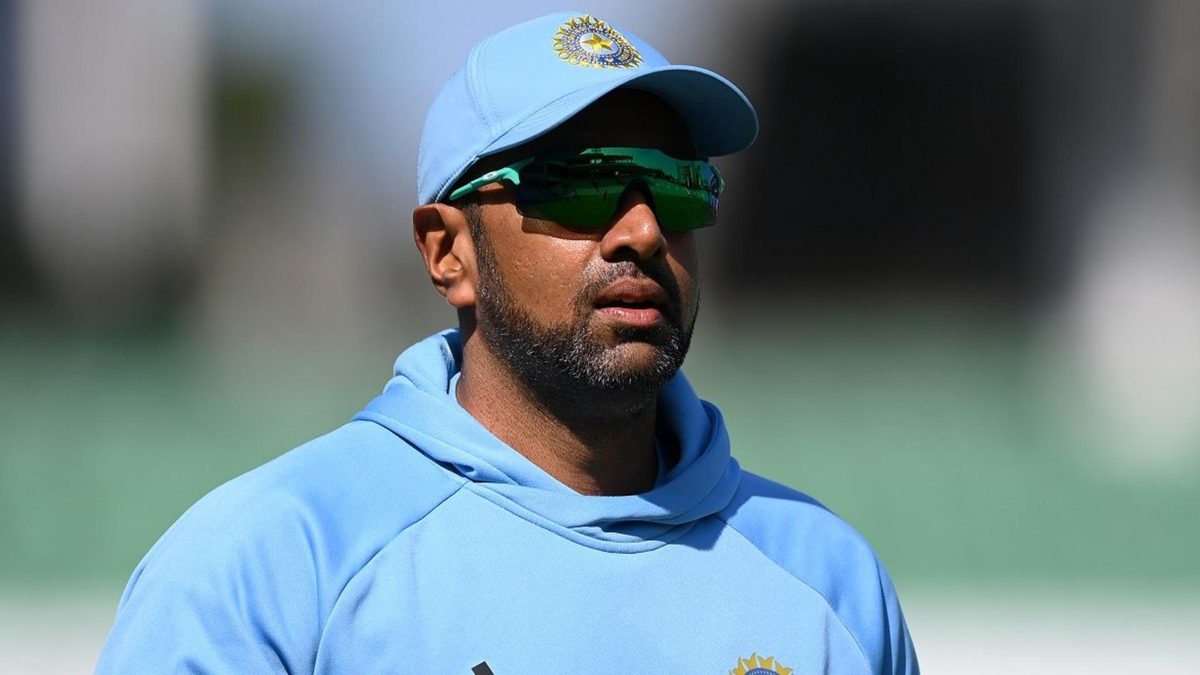
India have been backing the four-fast-bowler template in overseas Test matches for some time, but it’s time to reject that and get R Ashwin into the mix, writes Abhishek Mukherjee.
Brisbane, 2021. A string of injuries had reduced India to a team barely recognisable from the one they had started the series with. While Ajinkya Rahane, Rohit Sharma, and Cheteshwar Pujara lent some experience to the batting, the bowling looked threadbare.
Ishant Sharma had not made the tour, and Mohammed Shami, Umesh Yadav, and Jasprit Bumrah were, over the course of the series, ruled out with injuries, as were their spinners, R Ashwin and Ravindra Jadeja.
Between them, India’s pacers – Mohammed Siraj, Shardul Thakur, Navdeep Saini, and net-bowler-turned-Test bowler T Natarajan – had played four Test matches, but they were all India had at their disposal, barring their other net pacer, Kartik Tyagi.
For the spinner, they picked another net bowler – uncapped, of course – Washington Sundar. They left out left-arm wrist-spinner Kuldeep Yadav, who had taken 4-68 (on debut, at Dharamsala in 2016/17) and 5-99 (at Sydney in 2018/19) against the same opposition, despite the fact that the Kookaburra aids wrist-spinners more.
To sum up, India had done exactly what they did at the 2021-23 World Test Championship final at the Kia Oval: they picked their four best fast bowlers and, of the spinners, the superior batter.
The selection did not raise eyebrows for three reasons: India had already exceeded expectations at Melbourne and Sydney after the Adelaide debacle; India did win at the Gabba; and Kuldeep, while an excellent bowler, was still only six Test matches old and not a figure as eminent as R Ashwin.
When India reached the final of the 2019-21 World Test Championship, they had the full team at their disposal. On a seamers’ pitch, they ditched the Gabba template and stuck to the three-seamer-two-spinner combination that had worked at Melbourne and Sydney.
Of the 12 wickets that fell to Indian bowlers in that Test match, Ashwin picked-up four and Jadeja one. They were also the best batters of the five bowlers. Had India won the final, they might have backed both spinners for some time.
As Ishant was phased out – unfairly, perhaps – Thakur and Siraj stepped up. If Thakur lacked in pace, he made up for it with his batting ability. Ashwin did play all three Test matches in South Africa, but his three wickets came at 60.67 apiece.
By now, India’s template had been established: they would pick four fast bowlers, including Thakur, away from home, along with Jadeja. That would give them four fast bowlers and a spin-bowling all-rounder.
India had adopted the four-one combination before, but never as a sustained strategy. Now they stuck to it for their next two Tests outside Asia: in Edgbaston in 2022 and the WTC final at the Kia Oval in 2023. They lost both matches.
Time for India to back Ashwin in ‘SENA’?
Bringing in Ashwin would mean leaving out a fast bowler (Jadeja’s batting alone should be enough to merit him a place: since the start of 2022, he averages more than any India player barring Rishabh Pant; and in Pant’s absence, is still the only left-hander).
That would mean discarding a plan because it has not worked them for four Test matches across a year and a half. It will not be a one-off call but a strategic overhaul.
Yet, a lot has changed between 2021 and 2023. At that point, the Indian pace attack used to consist of Ishant, Bumrah, Shami, Siraj, Umesh, and Thakur.
Of them, Ishant is 34, and is unlikely to play again. There is no update on Bumrah’s return. There is little fault to find in Shami, but he, too, is 32, and has had picked up injuries over his career.
While Umesh thrives in short bursts with the new and old balls at home – 101 wickets at 25.88 on Indian soil are spectacular numbers – he has seldom thrived outside Asia. And at 35, he is not getting any younger.
At 19 Test caps, Siraj is among the least experienced of the group, and yet, he is 29. Thakur, two years older than Siraj, has played only nine – and he, too, has had run-ins with injuries. Jaydev Unadkat has been around the squad, and adds variety as a left-arm seamer, but he is 31 as well.
When at full strength, India’s pace attack is still among the best in the world, but each of them is two years older than when they peaked as a pack. All of them had missed some cricket with injuries, the frequency of which is likely to increase with age.
Worse, given the scheduling – two ‘SENA’ Test matches between 201/22 and 2023/23 – there has been no window for India to try out their young, untested fast bowlers (even Unadkat could play only once).
Until the next generation comes up, perhaps it is prudent to give Ashwin a run alongside Jadeja. True, his 70 wickets in ‘SENA’ countries do not ooze confidence, but since spending the summer of 2017 with Worcestershire, his 24 wickets in the same countries have come at 30.34 – roughly the same as his great rival Nathan Lyon’s 29.93 (34.36 if Tests in Australia are excluded) and Jadeja’s 32.50.
Perhaps there is some merit in picking Ashwin at this point, then.








